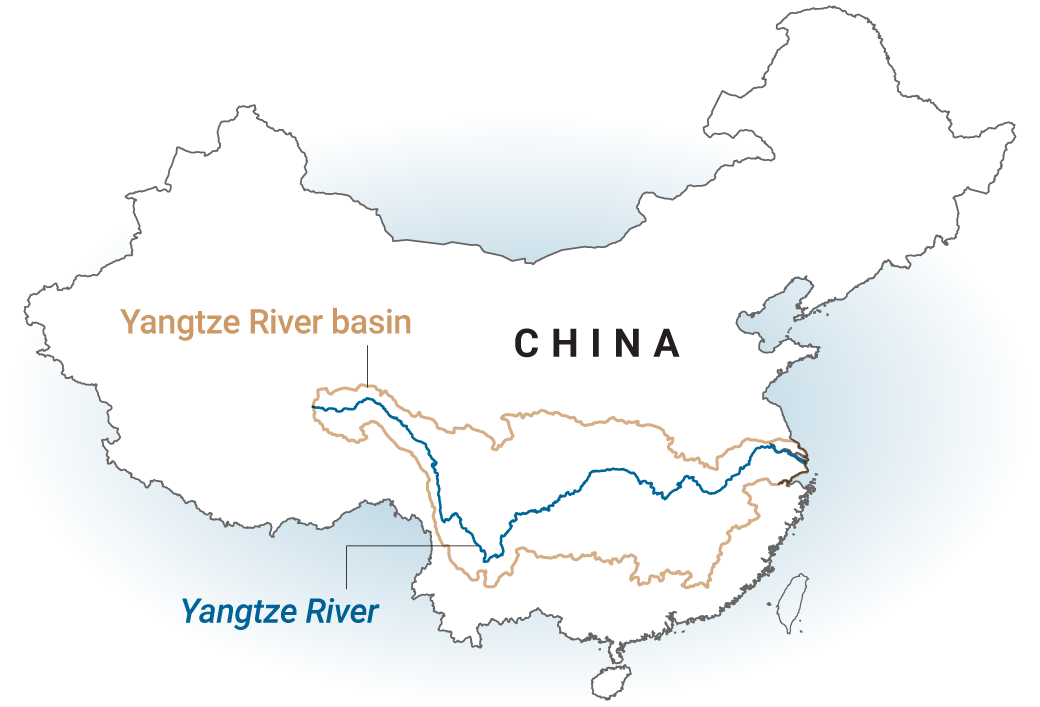China's Environmental Misery
 |
"This flood battle is a practical test of the leadership and command system of our army, and the army's combat readiness and ability to perform the tasks." Chinese President Xi Jinping
"There is no room for suffering [unseen by drone footage shot from afar]." "The images of floods sweeping away homes, pigs and humans drowning, corpses rotting and garbage spread all over after the floods will never be captured by drones in bird's-eye views." Zhang Feng, media critic, Beijing
 |
| Water is discharged Tuesday from the Three Gorges Dam in Hubei Province. © Xinhua via Kyodo |
August represents the third month of large-scale flooding in China, creating damage truly catastrophic even while the country grapples with the outcome of the SARS-CoV-2 pandemic. Where the Jialing River meets the Yangtze waters have risen to the extent that the ancient village of Ciqikou was inundated by five feet of water; highways vanished, waves cresting threatened elevated rail tracks. China's central provinces reaching to the upper Yangtze has been devastated.
The area includes Chongqing, with its 30 million residents and Sichuan province in the southwest affecting up to the present, 63 million people. An area of farmland -- 15 million acres -- has been destroyed. The government has officially placed the floods on an equal level as the coronavirus pandemic in its shock value that China is suffering through. The potential of a sixth wave of flooding striking in September due to ongoing rainfall reaches into the near future.
The scale of the call-up mobilizing the People's Liberation Army to provide disaster relief emphasizes the grave crisis and urgency of the response to the catastrophe. Where the Chinese military has mobilized 1.3 million troops across 17 provinces in the evacuation of 170,000 residents and to reinforce embankments and roads. Yangtze water levels in Chongquing hit a record days ago. The flood peak at the Three Gorges Dam has seen record water levels, with dam operators on "wartime footing".
 |
| A house leans over in the floodwater, Jiangxi province. |
A hydrologist at Sichuan University, Zhang Faxing, noted that summer floods routinely occur at Sichuan. However a disaster of the scale of the current floods and the level of rainfall lasting into August is truly unusual. "We should stay on alert for further flooding in upper and middle reaches of the Yangtze until mid-September", he warned.
According to the Chinese origin myth dating back four thousand years, King Yu founded the first prehistoric dynasty when he overcame a great flood. China badly needs another King Yu, and its current president is prepared to present himself as such, to rescue his country from the clutches of a yearly natural phenomenon which this year coupled with a global pandemic that originated in China has made 2020 a very special year.
One where government officials warn increasingly extreme weather and flooding are becoming even more extreme in the grip of climate change. A joint report produced in 2015 by several Chinese ministries noted the that country was vulnerable to drought, flooding and sea level rise, given environmental change.
Not that human intervention in the natural order of China's geology hasn't had a hand in worsening the situation. Intense reclamation and development of wetland along the Yangtze River is implicated in impairing the basin's capacity to absorb floods, according to experts.
 |
| Heavy rains in south China's Guangxi Zhuang Autonomous Region caused floods and blocked roads leading into villages. |
Labels: China, Flooding, Natural Disasters
<< Home